Mastering Digital Marketing: The Ultimate Guide to Digital Marketing in 2024
Introduction
Digital marketing has revolutionized the way businesses connect with their audiences. By leveraging various digital channels, companies can enhance their online presence, drive targeted traffic, and achieve measurable results. This comprehensive guide explores the key elements, strategies, and benefits of digital marketing, providing valuable insights for business owners, marketing managers, and digital strategists.
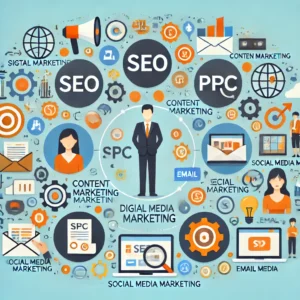
What is Digital Marketing?
Digital marketing is the use of digital channels and technologies to promote products and services. Unlike traditional marketing methods, digital marketing leverages online platforms such as websites, social media, email, and search engines to reach and engage with target audiences. This approach allows businesses to connect with potential customers in a more personalized and efficient manner.
Importance of Digital Marketing
In today’s digital age, marketing strategies that don’t include digital channels risk falling behind. Digital marketing is crucial because it provides a measurable and cost-effective way to reach a global audience. It enables businesses to engage with their customers in real-time, track campaign performance, and adjust strategies on the fly to optimize results.

Types of Digital Marketing
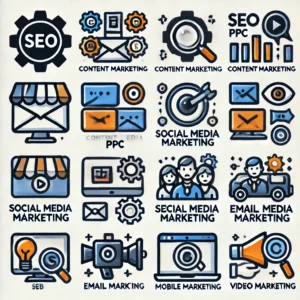
Search Engine Optimization (SEO)
SEO involves optimizing your website to rank higher in search engine results pages (SERPs). This process includes keyword research, on-page SEO (such as improving content quality and meta tags), and off-page SEO (like building backlinks). Effective SEO increases organic traffic and improves the visibility of your website.
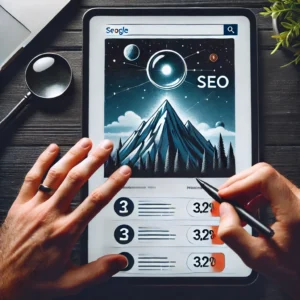
Pay Per Click (PPC)
PPC advertising allows businesses to display ads on search engines and social media platforms, paying a fee each time the ad is clicked. This method can drive targeted traffic quickly and is highly measurable. Google Ads and Facebook Ads are popular platforms for PPC campaigns.
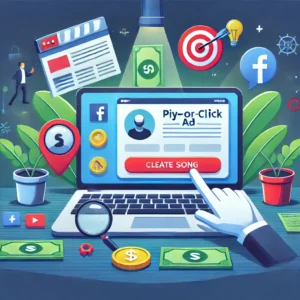
Content Marketing
Content marketing focuses on creating and distributing valuable, relevant content to attract and retain a clearly defined audience. This can include blog posts, articles, videos, infographics, and more. Effective content marketing builds brand authority, improves SEO, and engages potential customers.

Social Media Marketing
Social media marketing uses platforms like Facebook, Twitter, LinkedIn, and Instagram to promote products and services. It involves both organic posts and paid advertising. Social media marketing helps build brand awareness, engage with customers, and drive website traffic.

Email Marketing
Email marketing involves sending targeted messages to a list of subscribers to promote products, share news, or provide valuable information. Effective email marketing campaigns can nurture leads, retain customers, and drive sales.

Affiliate Marketing
Affiliate marketing is a performance-based strategy where businesses reward affiliates for driving traffic or sales through their marketing efforts. This involves partners promoting products and earning a commission for each sale or lead generated.

Mobile Marketing
Mobile marketing targets users on mobile devices through SMS, apps, and mobile-optimized websites. This approach ensures that marketing messages reach users wherever they are, providing a seamless and engaging experience.
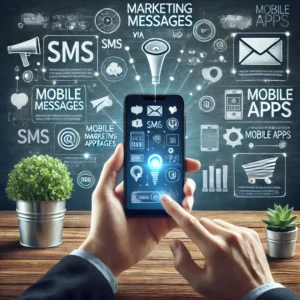
Video Marketing
Video marketing involves creating and sharing videos to promote a brand, product, or service. Platforms like YouTube, TikTok, and Instagram are popular for video marketing. Videos can increase engagement, improve SEO, and drive conversions.

Core Digital Marketing Strategies

Setting Goals
Setting clear and measurable goals is the foundation of any successful digital marketing strategy. Goals should align with business objectives and be specific, measurable, achievable, relevant, and time-bound (SMART).
Understanding Your Audience
Knowing your audience is crucial for crafting effective marketing messages. This involves creating buyer personas, understanding customer pain points, and identifying the channels they use most frequently.
Creating a Marketing Plan
A comprehensive marketing plan outlines the strategies and tactics needed to achieve your goals. This includes defining your target audience, selecting the right channels, and planning content and campaigns.
Leveraging Tools and Technologies
Utilizing digital marketing tools can enhance your strategy. Tools like Google Analytics, HubSpot, and SEMrush provide valuable insights and automation capabilities that streamline marketing efforts.
Measuring and Analyzing Results
Measuring the performance of your campaigns is essential for understanding what works and what doesn’t. Key Performance Indicators (KPIs) such as conversion rates, click-through rates, and return on investment (ROI) help evaluate success.
Benefits of Digital Marketing
Cost-Effectiveness
Digital marketing is often more affordable than traditional marketing methods. With precise targeting and real-time analytics, businesses can optimize their budgets and achieve better ROI.
Measurable Results
Digital marketing provides detailed analytics and performance data, allowing businesses to track the success of their campaigns and make data-driven decisions.
Customer Engagement
Digital marketing facilitates direct interaction with customers through social media, email, and online communities. This engagement helps build stronger relationships and brand loyalty.
Flexibility and Adaptability
Digital marketing campaigns can be quickly adjusted based on real-time data, allowing for agile responses to market changes and emerging trends.
Tools and Technologies
Essential Tools
Essential digital marketing tools include Google Analytics for tracking website performance, HubSpot for marketing automation, and SEMrush for SEO and competitive analysis.
Analytics Platforms
Analytics platforms like Google Analytics and Adobe Analytics provide insights into user behavior, helping businesses understand how visitors interact with their website and marketing campaigns.
Marketing Automation
Marketing automation tools like HubSpot and Mailchimp streamline repetitive tasks, such as email campaigns and social media posting, allowing marketers to focus on strategy and creativity.
Practical Tips for Implementation
Setting Up Your Campaigns
Effective campaign setup involves defining your goals, selecting the right platforms, and crafting compelling messages. It’s important to test different elements to see what resonates best with your audience.
Budgeting and Resource Allocation
Allocate your budget based on the expected ROI of each channel. Focus on high-performing channels but remain flexible to shift resources as needed.
Content Creation Best Practices
Create high-quality, relevant content that addresses your audience’s needs and pain points. Use a mix of formats, such as blog posts, videos, and infographics, to keep your audience engaged.
Social Media Engagement Tactics
Engage with your audience on social media by responding to comments, participating in conversations, and sharing valuable content. Use paid social media campaigns to amplify your reach.
Measuring Success
Key Performance Indicators (KPIs)
KPIs help measure the success of your digital marketing efforts. Common KPIs include website traffic, conversion rates, click-through rates, and social media engagement.
Analyzing Data
Regularly analyze your data to understand what’s working and what isn’t. Use these insights to refine your strategies and improve performance.
Optimizing Campaigns
Continuously optimize your campaigns based on performance data. Test different elements, such as headlines and calls-to-action, to see what drives the best results.
Case Studies and Real-Life Examples
Coming Soon.
Industry-Specific Strategies
E-commerce
For e-commerce businesses, focus on driving traffic to your website, optimizing the user experience, and increasing conversion rates. Use SEO, PPC, and social media marketing to attract and engage customers.
B2B vs B2C
B2B and B2C marketing strategies differ significantly. B2B strategies often involve longer sales cycles and more personalized approaches, while B2C strategies focus on emotional appeal and quick conversions.
Regional Considerations
Consider regional differences in your marketing strategies. Tailor your approach to suit cultural preferences, language, and local trends.
Emerging Trends in Digital Marketing
AI and Machine Learning
Artificial intelligence and machine learning are transforming digital marketing. These technologies enable more personalized marketing, predictive analytics, and automation of repetitive tasks.
Voice Search Optimization
With the rise of voice-activated devices, optimizing for voice search is becoming increasingly important. Focus on natural language keywords and provide concise, informative answers to common questions.
Augmented Reality and Virtual Reality
AR and VR are creating new opportunities for immersive marketing experiences. Use these technologies to engage customers in innovative ways, such as virtual try-ons or interactive product demos.
Personalization and Customer Experience
Personalization is key to delivering a superior customer experience. Use data to tailor your marketing messages and create personalized journeys for your customers.
Conclusion
Digital marketing offers a dynamic and effective way to reach and engage with your target audience. By leveraging various digital channels and staying updated with emerging trends, businesses can achieve their marketing goals and drive growth.


